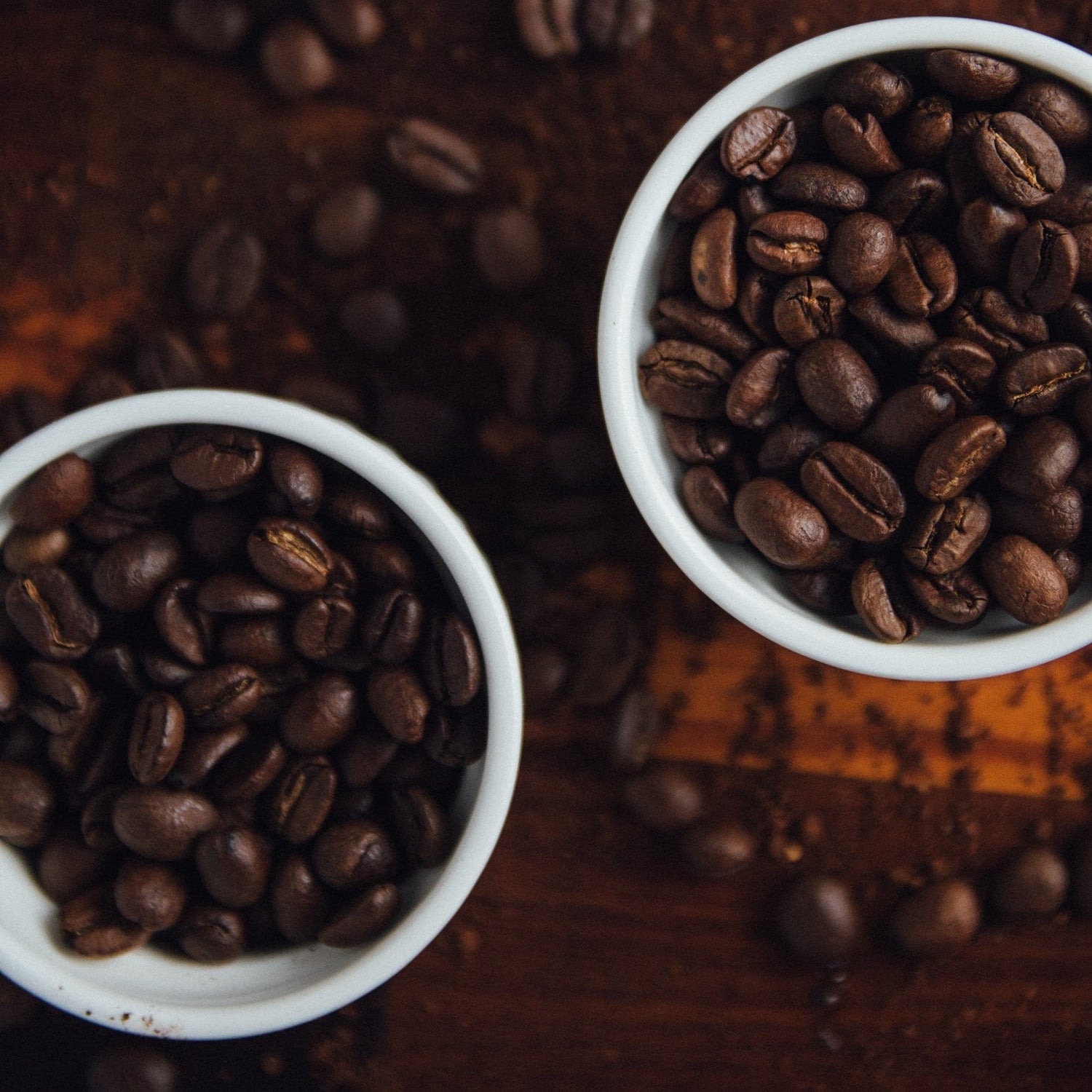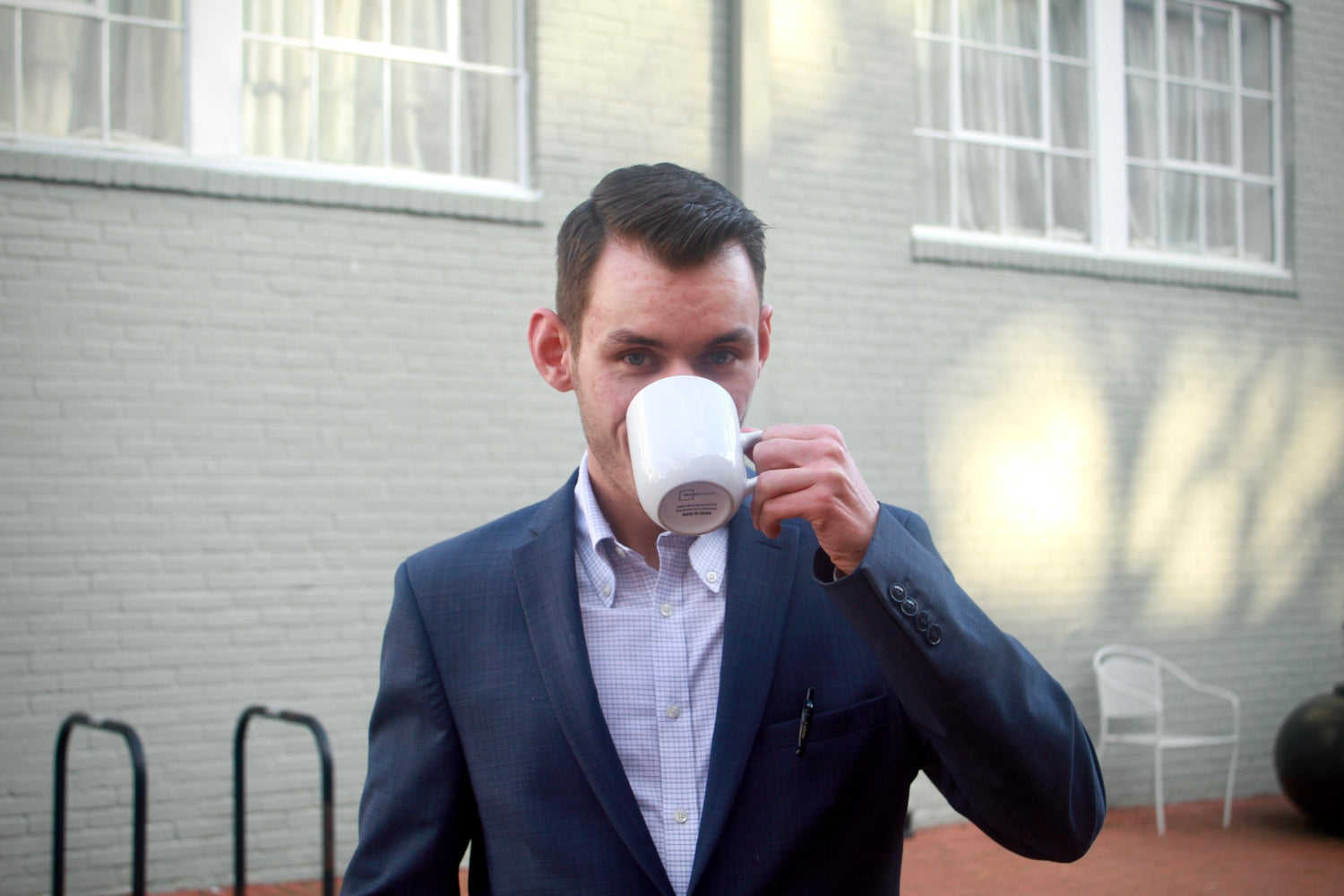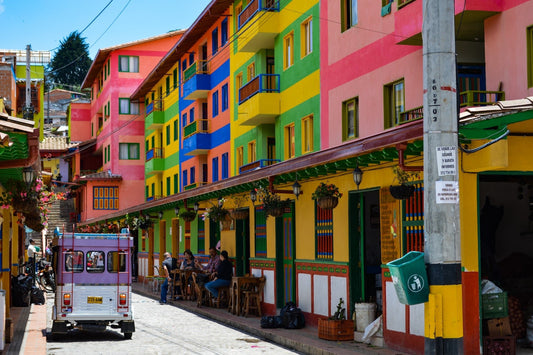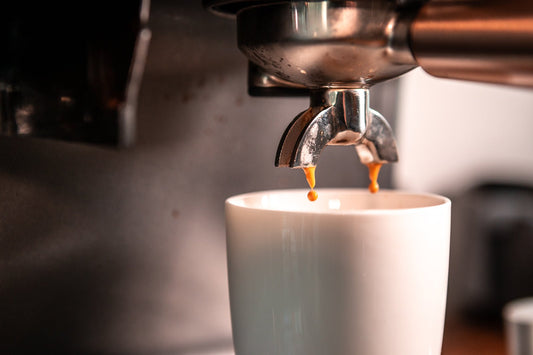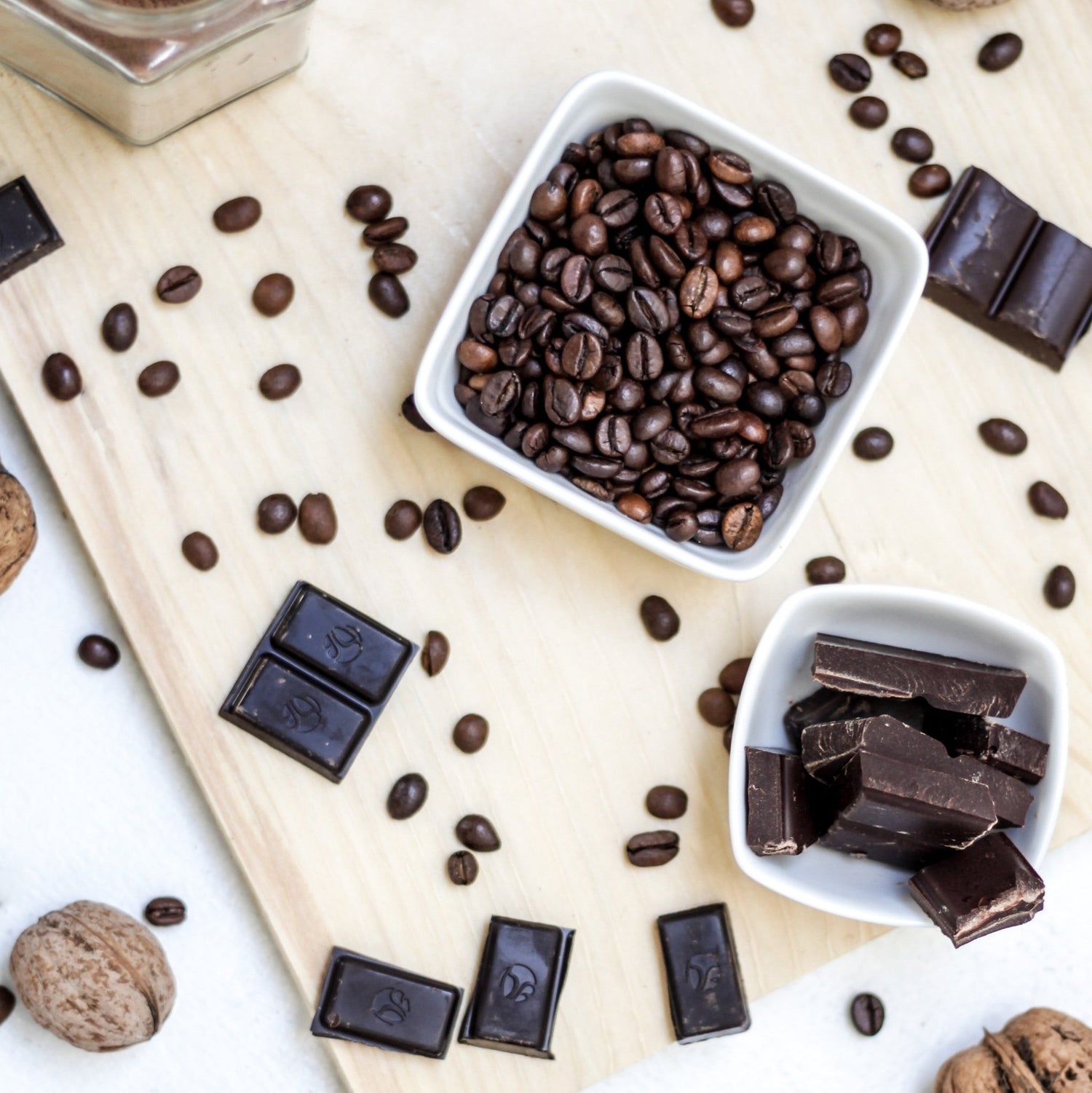Coffee bean variety, growing conditions, roasting level, and grind size all contribute to the caffeine content of coffee. Robusta beans are more caffeine-dense, and lower-elevation coffees and those from cooler, wetter climates contain more caffeine since caffeine acts as a natural pest repellant. Additionally, darker roasts contain more coffee per gram because dark roast beans are less dense, requiring more beans per gram of ground coffee.
Why is Robusta coffee higher in caffeine than Arabica?
Robusta coffee beans contain nearly twice as much caffeine as Arabica coffee beans—a direct result of the growing conditions in which Robusta plants thrive, which forced the plants over thousands of years to develop natural defenses.
While Arabica plants grow better in comparatively cooler climates and at higher elevations, Robusta plants tend to be heartier and grow better in warmer, more humid, and wet conditions. These conditions brought increased pests and insects with them, which forced the plant to develop natural defenses, and caffeine is a natural pest repellant. The Robusta plant developed a genetic predisposition to produce a significantly higher caffeine content to protect itself against pests compared to Arabica.

How do elevation and climate affect the caffeine content of coffee?
Elevation and climate influence coffee's caffeine content by shaping the plant's defense mechanisms. At lower elevations, coffee plants produce more caffeine in cherries to deter pests. As elevation increases and climates become cooler and drier, pest pressure decreases, leading to lower caffeine concentrations.
Elevation and climate directly affect caffeine concentration in coffee beans through the presence of insects and pests. Insects, responsible for pollinating coffee plants, are attracted to the flowers of the coffee plant. To boost its odds of procreation, coffee plants developed caffeine production in the flowers of the plant to induce a mild addiction that keeps the pollinators coming back to that plant over others. Studies have shown a threefold increase in the attraction of pollinators such as bees toward coffee plants due to this effect. Just like in tea and cocoa, low doses of caffeine in the flowers of coffee plants act almost as a lure for insects that pollinate the coffee plants, giving the insects a "buzz" and literally making the insect addicted to the nectar, making sure the insect returns and keeps pollinating.

It is not always about attraction, however. Coffee plants at lower elevations produce higher caffeine concentrations in their coffee cherries to fend off pests and protect the plant. The pest density decreases with elevation and as the climate gets cooler and drier, reducing the need for the plant to produce high levels of caffeine. Hotter and drier climates, such as those in Kenya, naturally have lower pest densities when compared to those of South American origins, such as Brazil, reducing the need for high caffeine concentrations to be produced by the plant.
Additionally, when coffee leaves fall to the ground, the caffeine in the leaves leeches into the soil as the leaves decompose, preventing other plants from finding footing and acting as an herbicide.
Fun fact: Pour-overs have nearly 50% more caffeine than espresso for the standard consumption size. The reason is still not 100% certain, but it appears that caffeine extraction is greatest between 20 seconds and 2 minutes during the brew. Since most espresso only takes between 20 and 30 seconds to brew, it makes sense that caffeine levels would be lower. The science does not fully support this concept, suggesting there is a more underlying cause to this phenomenon.
How does the roasting level affect the caffeine content of coffee?
Outside of the coffee farm, the roasting process also has a say in the caffeine content of your coffee. Dark-roasted coffee generally contains more caffeine per cup than lighter roasts. This is not, however, due to the individual bean containing more caffeine. Instead, the caffeine content in the single bean remains fairly constant during roasting. However, as the density of the coffee bean decreases during roasting as water evaporates and the bean starts to break down, more coffee beans are needed to achieve the same amount of coffee grounds required to brew one cup of coffee. For example, 18 grams of dark roasted ground coffee for an espresso requires more beans than 18 grams of medium roasted ground coffee. Additionally, darker roasted coffee is more porous, allowing the hot water to infiltrate the pores better and extract caffeine more efficiently and to a greater degree. In that same realm, grind size matters. Finer ground coffee tends to result in higher caffeine content due to increased surface area and, therefore, more contact with water to extract caffeine into the final cup. To learn more about how coffee roasting works, check out this post!
If you are looking for that extra kick of caffeine, check out our Breakfast Blend PLUS, a blend of Arabica beans and Robusta beans for elegance with more caffeine. It's the perfect morning eye-opener!
